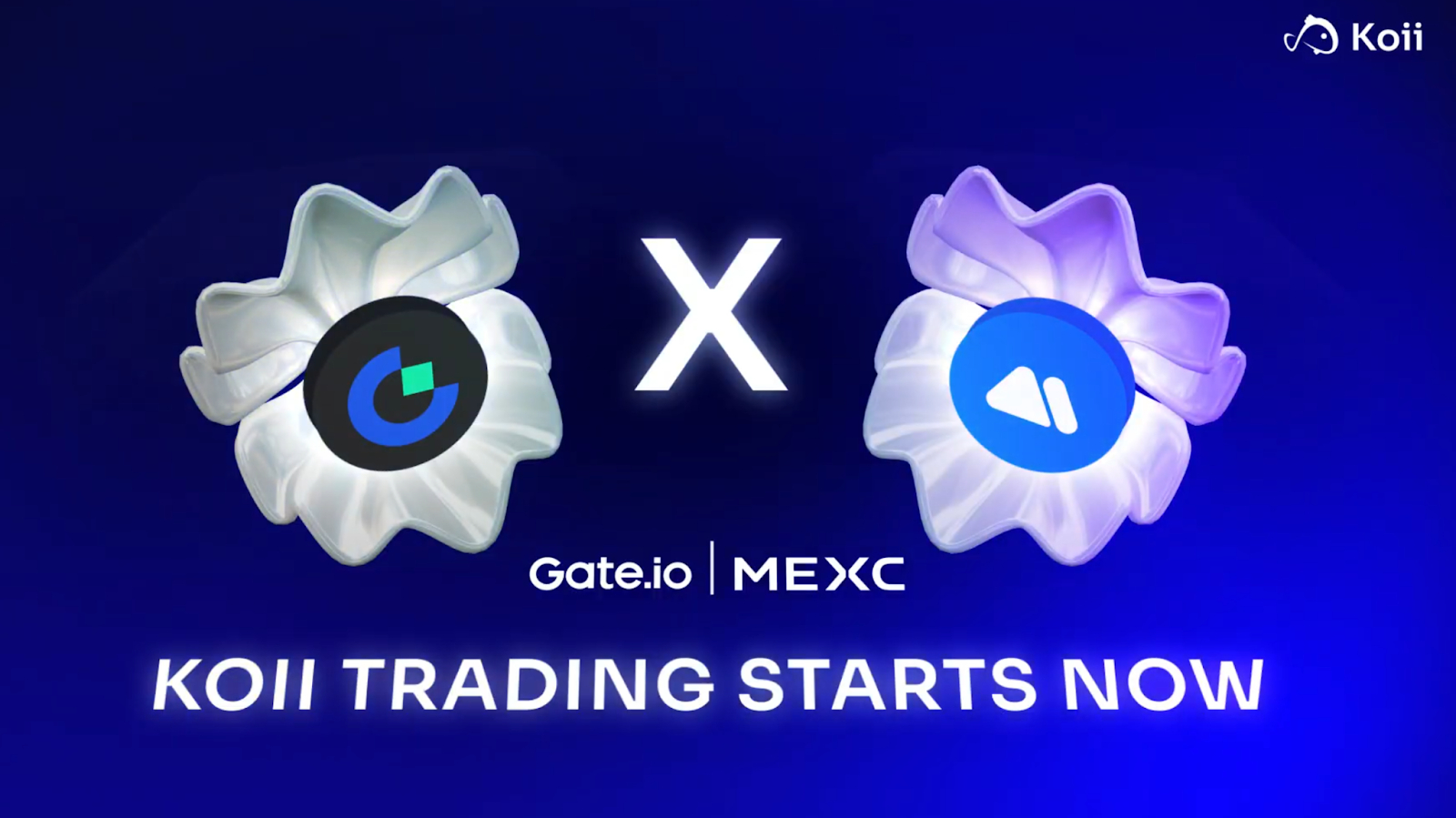
In the last 24 hours, South Korean residents have witnessed a rollercoaster with the country’s President, Yoon Suk Yeol, announcing the military rule or Martial law before lifting it again within a few hours. The East Asian country with a population of just 51.7M people has had a rough history and is in a constant hidden battle with North Korea. Interestingly, despite that, it has built a technology-driven nation and has shown a high stake in the crypto industry. The recent reports revealed that this country is driving crypto adoption, with more than 15% of the population registered on crypto exchanges. As a result, South Korea’s Military rule impacted the crypto market, firstly with a drop, but it boomed later with the increased trading activity in the country.
South Korea’s Military Rule Drama Fueled Local Crypto Market
As per Coinmarketcap, many South Korean crypto exchanges have witnessed increased crypto trading volume during the political drama. South Korea’s Military Rule stayed active for six hours before the opponents and the ruling party went against it, calling it unnecessary. More importantly, the parliament’s vote went against it, leading to its dismissal.
President Yoon Suk Yeol called it the need of the hour with the “anti-state forces” and North Korea’s threats. Surprisingly, this is not the first time this country has witnessed martial law. However, this was the first declaration in 50 years, shocking the citizens.
With the people facing a rollercoaster of emotions, the crypto market did the same, as a sudden fall was witnessed before this made a complete recovery and began to boom. This happened with the local spot crypto exchanges like Upbit, Bithumb, and many others collectively witnessing the 24-hour trading volume of $34.2 billion (49 trillion Korean Won). In this, the largest S.K. exchange, Upbit, processed $27.25 billion in trading volume alone.
More importantly, these stats are double the trading volume of December 2, where the 24-hour trading volume neared $18 billion. Interestingly, this has already surpassed the local stock market volume, but the recent surge has brought it to the next level. The country’s local news media outlets, like Digital Assets, confirmed this is the highest single-day trading volume record of 2024.
How The Crypto Market is Performing Now?
The earlier CoinGape report revealed that Martial Law plummeted the market instantly after the announcement. The Bitcoin price crashed by 30% to $71,814.99 on Upbit, and many popular altcoins like XRP and others followed. However, things turned for good despite South Korea’s Military rule scare, and the crypto whales began pumping money on the exchange to buy at the dip. As a result, the trading volume increased, influencing the global market.
Presently, the global market capitalization is at $3.54T after a 1.5% surge in the last 24 hours. More importantly, the global trading volume surged almost 10% to $298.29B. The biggest crypto in the market, Bitcoin, is still maintaining its base around $96k, whereas the Ripple token is trending, as the XRP price is highly bullish, currently trading at $2.64, becoming the third biggest cryptocurrency after reaching a 7-year high.
For now, the market seems stable. However, five crypto market events could further impact its performance.
Bottom Line
South Korea’s Military rule, or martial law, could have drastically shifted the country despite its temporary nature. However, within hours, the protests and the parliament nullified the implementation. Interestingly, the crypto market also suffered in those six hours, with the Bitcoin price plummeting around 30% on local crypto exchanges. However, things turned soon, and the market witnessed the year’s highest trading volume, at $34B, which is almost double the previous day’s record.
The post How South Korea’s Military Rule Fueled $34B Local Trade & Crypto Market Rally? appeared first on CoinGape.

 1 month ago
21
1 month ago
21









 English (US) ·
English (US) ·